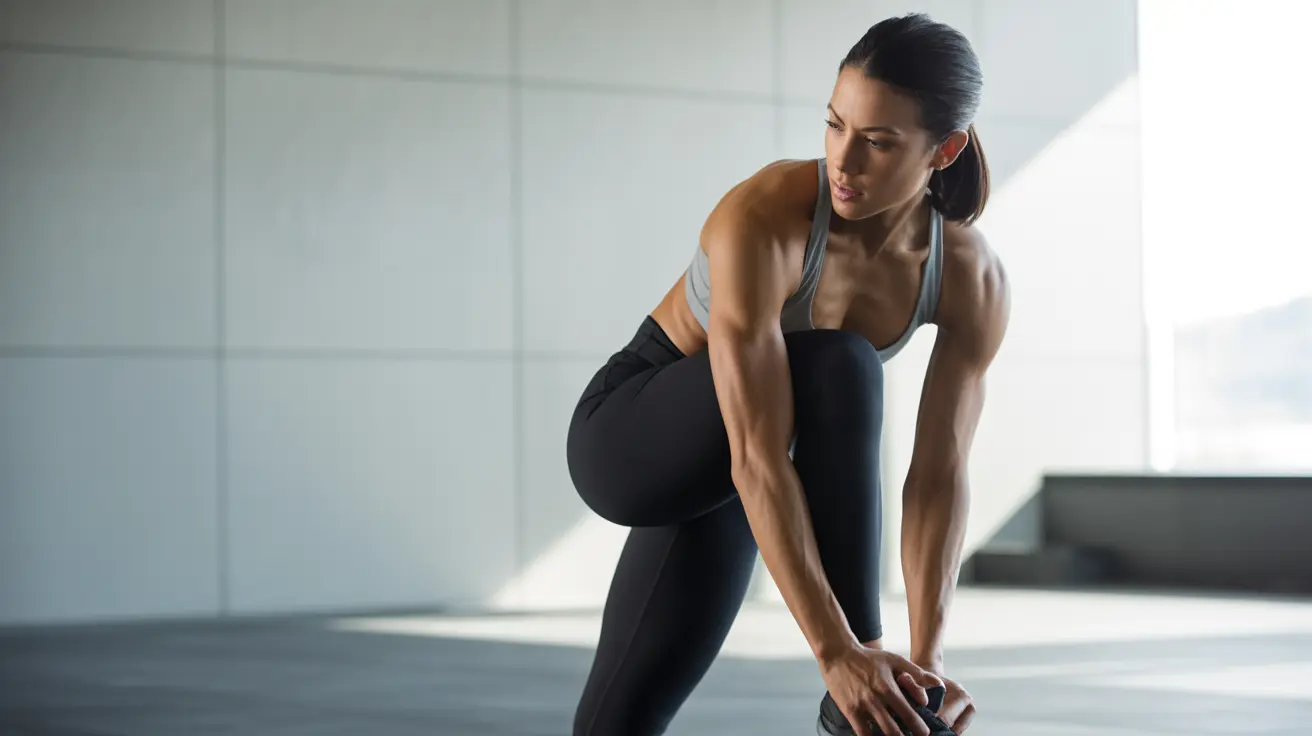Static stretching is a fundamental component of physical fitness that involves holding a stretch position for an extended period. Whether you're an athlete, fitness enthusiast, or someone looking to improve flexibility, understanding the proper approach to static stretching can significantly impact your exercise routine and overall physical well-being.
In this comprehensive guide, we'll explore the science behind static stretching, its benefits, proper timing, and how to incorporate it safely into your fitness regimen.
Understanding Static Stretching
Static stretching involves slowly extending a muscle group to its furthest point and maintaining that position for typically 15-60 seconds. This technique focuses on one muscle group at a time, allowing for deep, controlled stretching that can effectively improve flexibility when done correctly.
The Science Behind Static Stretching
When you perform static stretches, your muscles and connective tissues gradually lengthen through a process called creep deformation. This controlled elongation helps increase your range of motion over time while sending signals to your nervous system that help reduce muscle tension.
Proper Timing for Static Stretching
The timing of static stretching can significantly impact its effectiveness and your overall exercise performance. Research suggests that static stretching is most beneficial when performed after your workout or as part of a dedicated flexibility routine.
Pre-Workout Considerations
Static stretching immediately before intense exercise may temporarily decrease muscle power and performance. Instead, save static stretches for post-workout recovery or perform them at least several hours before your main exercise session.
Post-Workout Benefits
After exercise, your muscles are warm and more pliable, making this an ideal time for static stretching. Post-workout stretching can help:
- Reduce muscle tension
- Improve recovery
- Enhance flexibility gains
- Promote better posture
- Aid in relaxation
Safe Stretching Techniques
To maximize benefits and minimize risk, follow these essential guidelines:
- Warm up before stretching with light cardio
- Move slowly into each stretch position
- Avoid bouncing or jerking movements
- Hold stretches for 15-60 seconds
- Breathe steadily and deeply
- Never stretch to the point of pain
Different Types of Static Stretches
Static stretching can target various muscle groups throughout the body. Common beneficial stretches include:
- Hamstring stretches
- Quadriceps stretches
- Hip flexor stretches
- Upper back stretches
- Shoulder stretches
- Calf stretches
Frequently Asked Questions
What are the main benefits of doing static stretching after exercise?
Static stretching after exercise helps reduce muscle tension, improves flexibility, enhances recovery, and may decrease post-workout muscle soreness. It also provides an opportunity for your body to gradually cool down while promoting better range of motion.
When is the best time to perform static stretching in my workout routine?
The most effective time for static stretching is after your workout when your muscles are warm and pliable. If you want to stretch separately from your workout, ensure you warm up properly first with light cardio activity.
Can static stretching help reduce muscle pain and stiffness after physical activity?
Yes, static stretching can help reduce muscle pain and stiffness when performed properly after exercise. It helps improve blood flow to the muscles, reduce tension, and may speed up the recovery process.
Is static stretching safe for people with injuries or medical conditions?
While static stretching can be safe for many people, those with injuries or medical conditions should consult their healthcare provider before starting a stretching routine. Some conditions may require modified approaches or alternative stretching methods.
How does static stretching compare to dynamic stretching for improving flexibility?
Static stretching is generally more effective for improving long-term flexibility, while dynamic stretching is better for warming up before exercise. Both types serve different purposes: static stretching focuses on holding positions to increase range of motion, while dynamic stretching involves moving parts of your body through a full range of motion to prepare for activity.




